The Xiaomi 12s Ultra is the best camera phone I've used, but it's missing one thing
The Xiaomi 12s Ultra is the best camera phone you can buy – but it's missing something
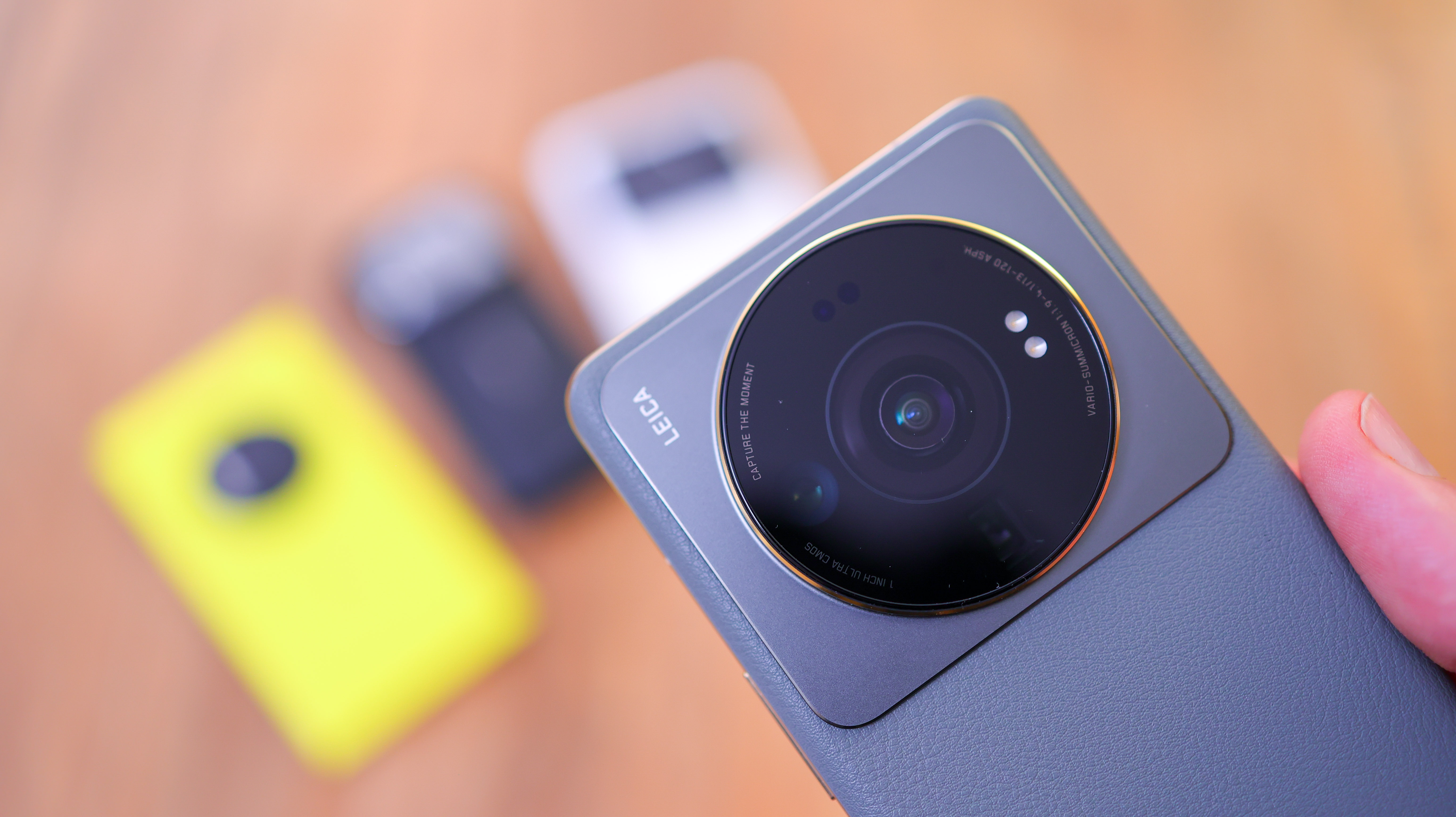
There's so much to love about the Xiaomi 12s Ultra. It's got a huge 1-inch camera sensor that takes nuanced, rich photos. It performs incredibly well whether shooting in the day or night, and even its videos look excellent, held together by lock-tight stabilization at up to 8K resolution. In fact, I'd go so far as to say it's the best camera phone I've ever used, and after over a decade of testing out every major flagship smartphone around, that's a mighty accolade – but it's still missing something.
Specifically, the Xiaomi 12s Ultra is missing a feature Samsung introduced on the Galaxy S9, brought back on the S10, and then did away with for the S20 series. The feature was pretty useless at the time, so why would the world's mightiest camera phone need a once-useless feature? I'll explain everything, but first, it's worth a quick recap, running through what the 12s Ultra is, and why it isn't launching outside China.
First up – the Xiaomi 12s Ultra is special because it's the first true 1-inch camera sensor smartphone to launch in the West. That means a huge Sony RX100-sized sensor in a pocketable body. If you're thinking – but didn't the Sony Xperia Pro-I have a 1.0-Type sensor? Yes, it did, but it used a cropped 1-inch sensor, as pointed out by GSM Arena in its review, so the whole sensor portion wasn't used to take photos. With an effective sensor size that matched plenty of phones on the market, the Xperia Pro-I didn't deliver best-in-class big-sensor-benefits.
If you're a photography enthusiast who's reading this, poised to place an order for the Xiaomi 12s Ultra, hold that thought. Unfortunately, in July, Xiaomi announced that the 12s series, which includes the Ultra, won't be launching outside mainland China – as covered initially by Engadget's Richard Lai.
"Xiaomi will offer Xiaomi 12S Series exclusively in Mainland China. Our Strategic Partnership in Imaging Technology will have long-term impacts beyond the scope of this series, into Xiaomi's international markets."So we will have to wait until Xiaomi 13 for Leica goodies.July 4, 2022
With the July revelations also shining a light on Xiaomi's investment in Sony's imaging arm, with the firm stumping up the funds for as much as half the cost of the sensor's development, Xiaomi clearly isn't here to play. Factor in its partnership with Leica – the Xiaomi 12s Ultra being the first in its recent co-branding deal – and Xiaomi has its sights set on making the best camera phones money can buy. So what's wrong with the Xiaomi 12s Ultra?
In a turn-up for the books, the new superphone's sensor may actually be too big for a smartphone, or at least too big to have a fixed f/1.9 aperture on its main camera. A big sensor plus a low aperture creates a shallow depth of field. That means you get a lot of blur in front of and behind your focus point – and this is more pronounced the closer to a subject you get.
Most of the time, a shallow depth of field is great. It pulls focus, so your subject stands out, and it's what portrait modes on smartphones try to emulate – that expensive prime lens, DSLR look.
Sign up for breaking news, reviews, opinion, top tech deals, and more.
Now, the Xiaomi 12s Ultra isn't a DSLR or mirrorless camera killer. With its 1-inch camera sensor, f/1.9 aperture and 23mm focal length, it can't capture rich bokeh (depth blur) when shooting subjects over a meter away. But subjects a meter away or less do have pleasing background and foreground separation. That's impressive for a phone, and great in a host of situations – see the images below – but it also has its drawbacks.
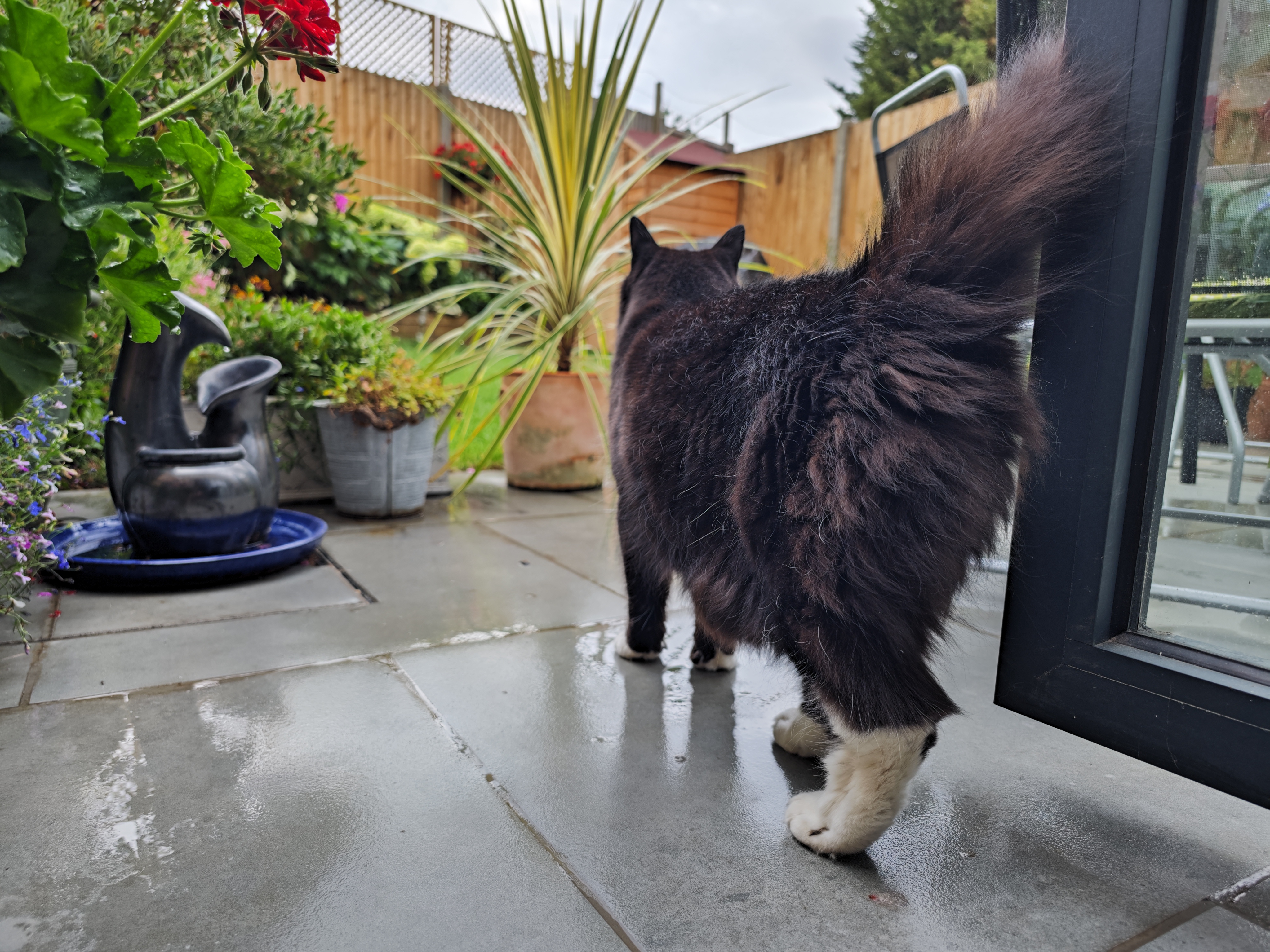

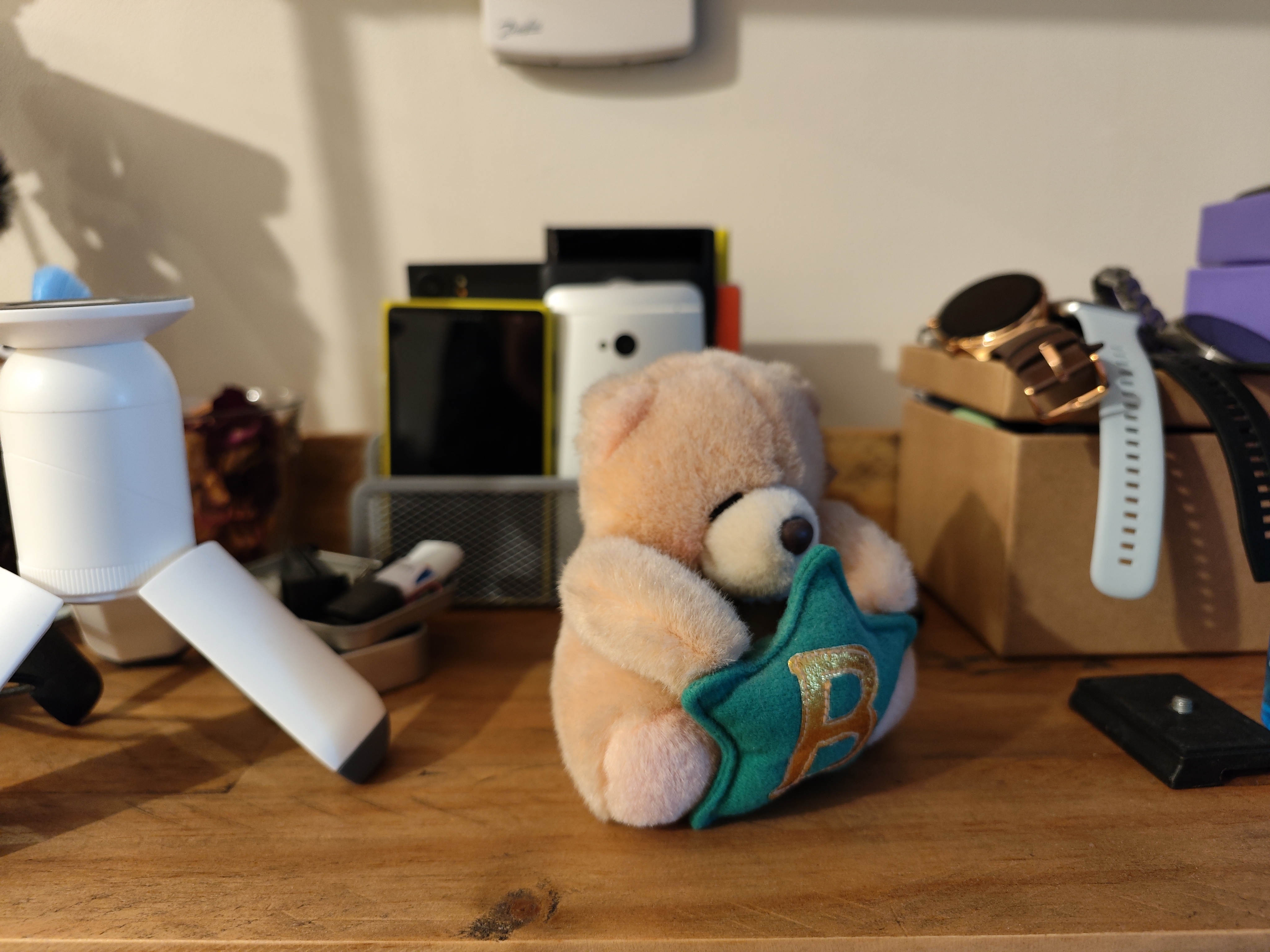
Smartphone cameras need to be versatile, and while a naturally shallow depth is great for some things, half your shot being out of focus can be a pain.
One example: I had to take a photo of my passport for an online verification system. Even though I did my best to position everything perfectly, the Xiaomi 12s Ultra's camera blurred the edges. I also tried switching to the ultra-wide camera, which doubles up as a macro camera, but this created too much shadowing as I needed to bring the phone right up close to my ID page.
Anyone who uses their smartphone as a document scanner, you'll also stumble into this issue. From bank statements to legal documents, if there's a bump or crease in the sheet of paper you're photographing, the 12s Ultra will make it look artistically blurry – pretty, but not handy.
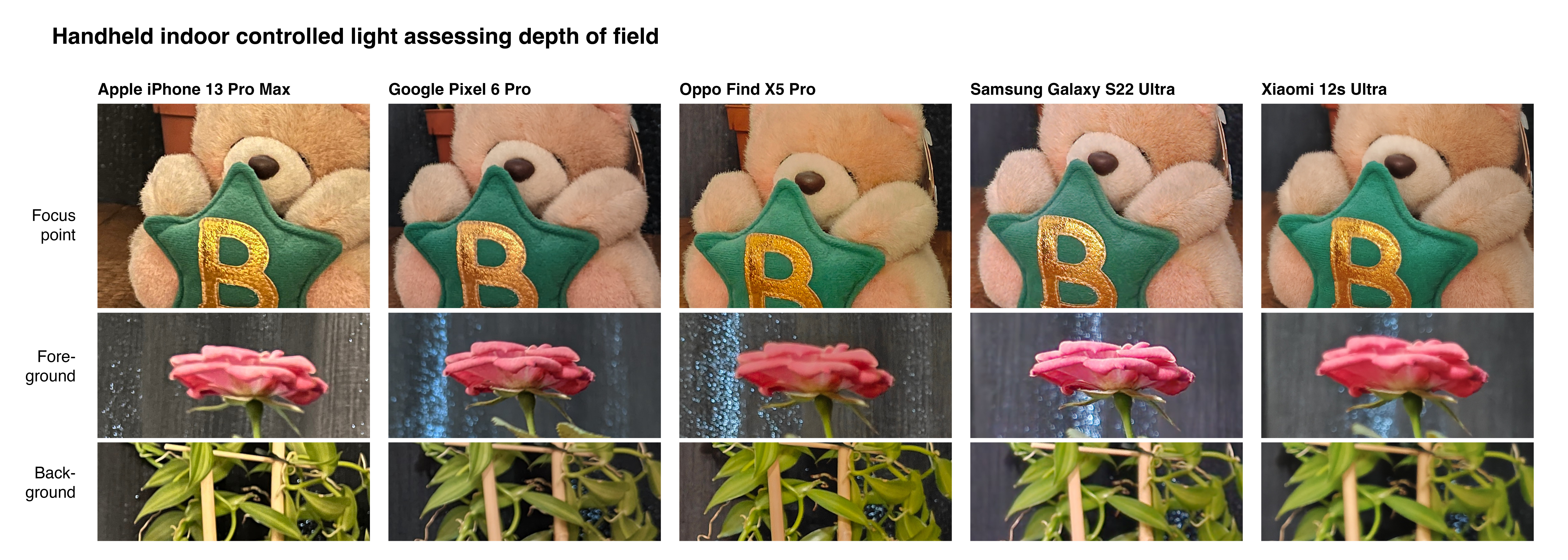
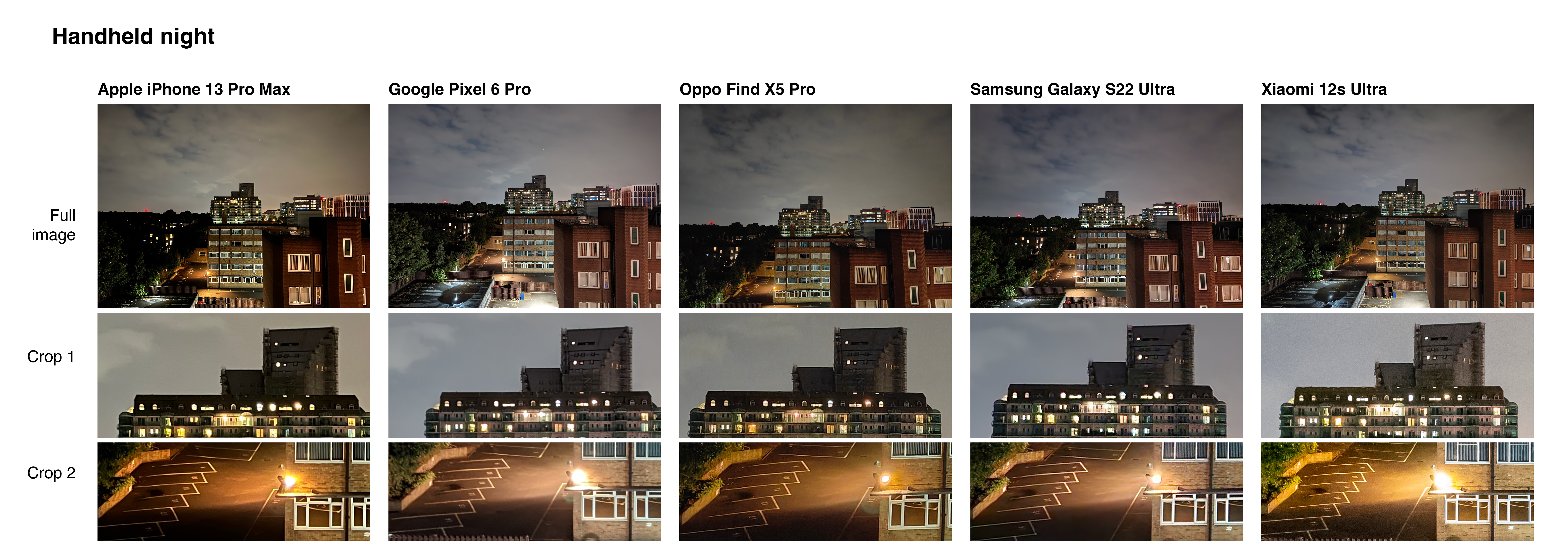
I've created a grid of images comparing depth of field across five of the best camera phones out now, the Apple iPhone 13 Pro Max, Google Pixel 6 Pro, Oppo Find X5 Pro, Samsung Galaxy S22 Ultra, and, of course, Xiaomi's 12s Ultra. This illustrates how other phones with inferior, smaller sensors are actually better at keeping foreground and background objects sharp.
Xiaomi clearly knows what's up. As soon as you get close to a subject, the 12s Ultra flips from the main camera to the ultra-wide camera to damage control this blur. If you're a control freak like me, though, this is more frustrating than helpful. The secondary cameras are good, but they don't pack the quality and nuance of the big-sensor primary camera. In turn, I quickly turned off this feature in favor of manual switching.
The missing link
So what can Xiaomi do to make its camera phone's best feature even better? Take a leaf out of Samsung and Sony's book. The Samsung Galaxy S9 introduced variable apertures to mainstream smartphones, switching between f/1.5 and f/2.4. The Sony Xperia Pro-I takes this further, with its dual-aperture taking you from f/2 to f/4. Smaller apertures (bigger f/numbers) translate to less background blur.
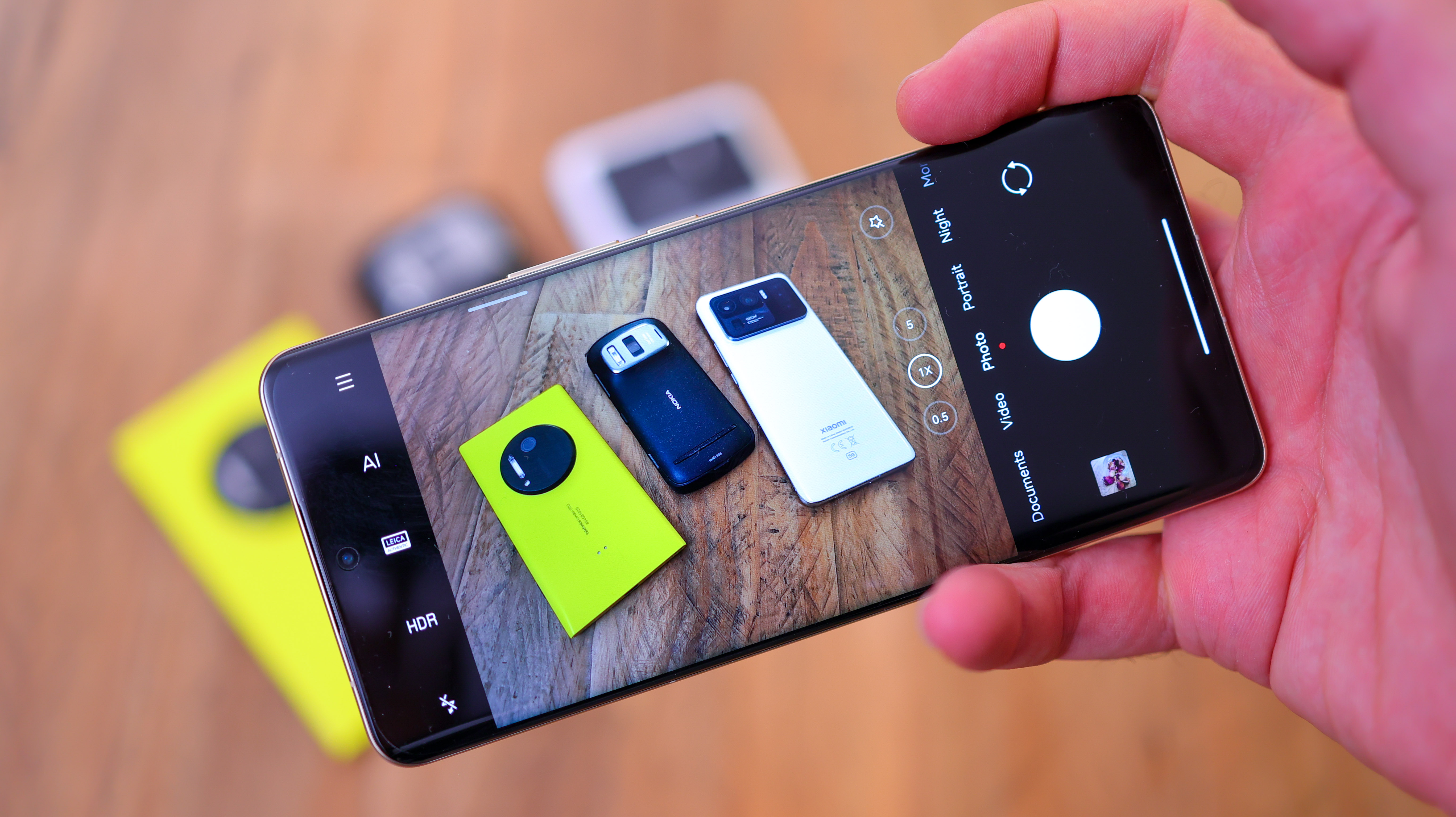

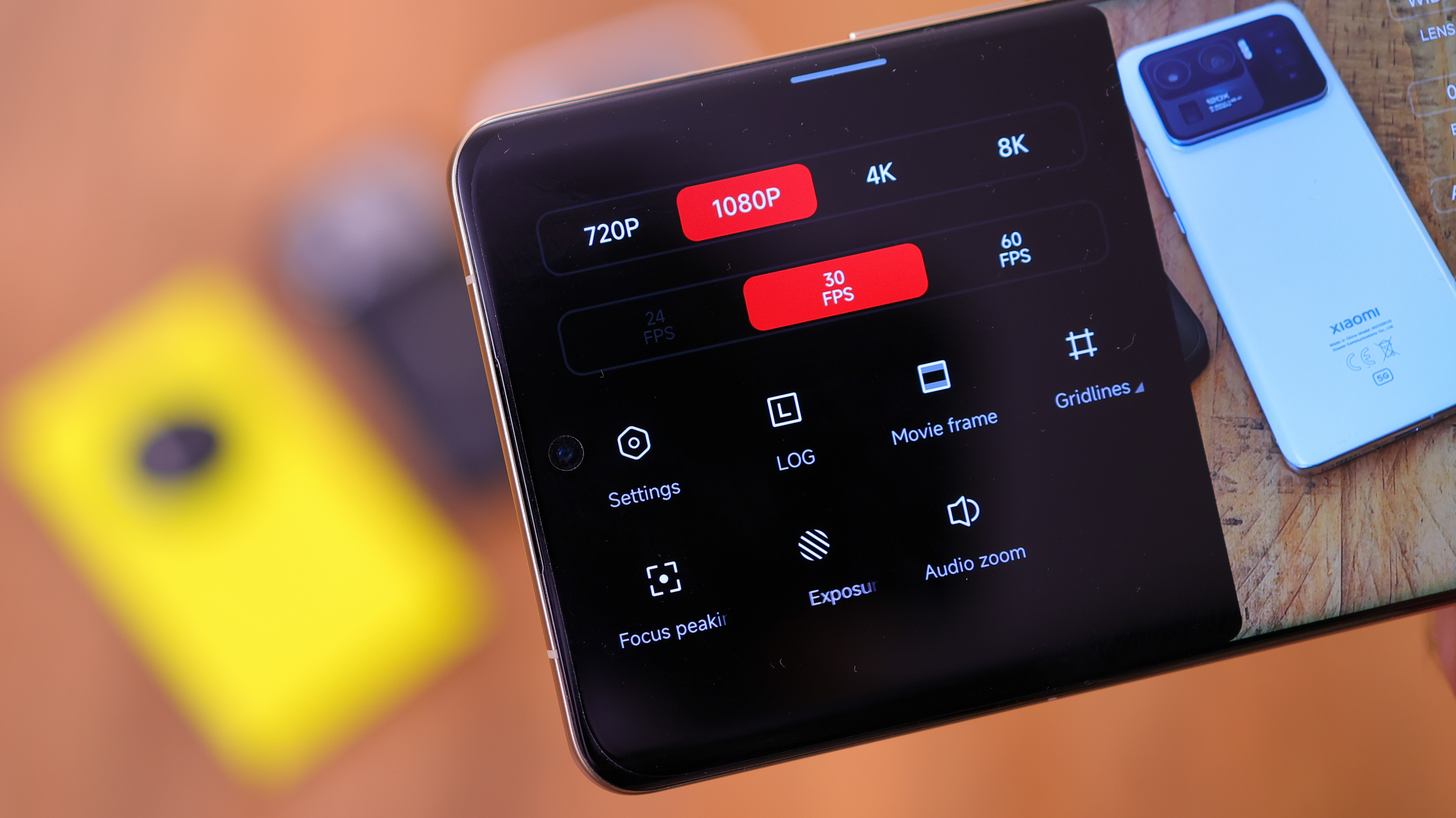
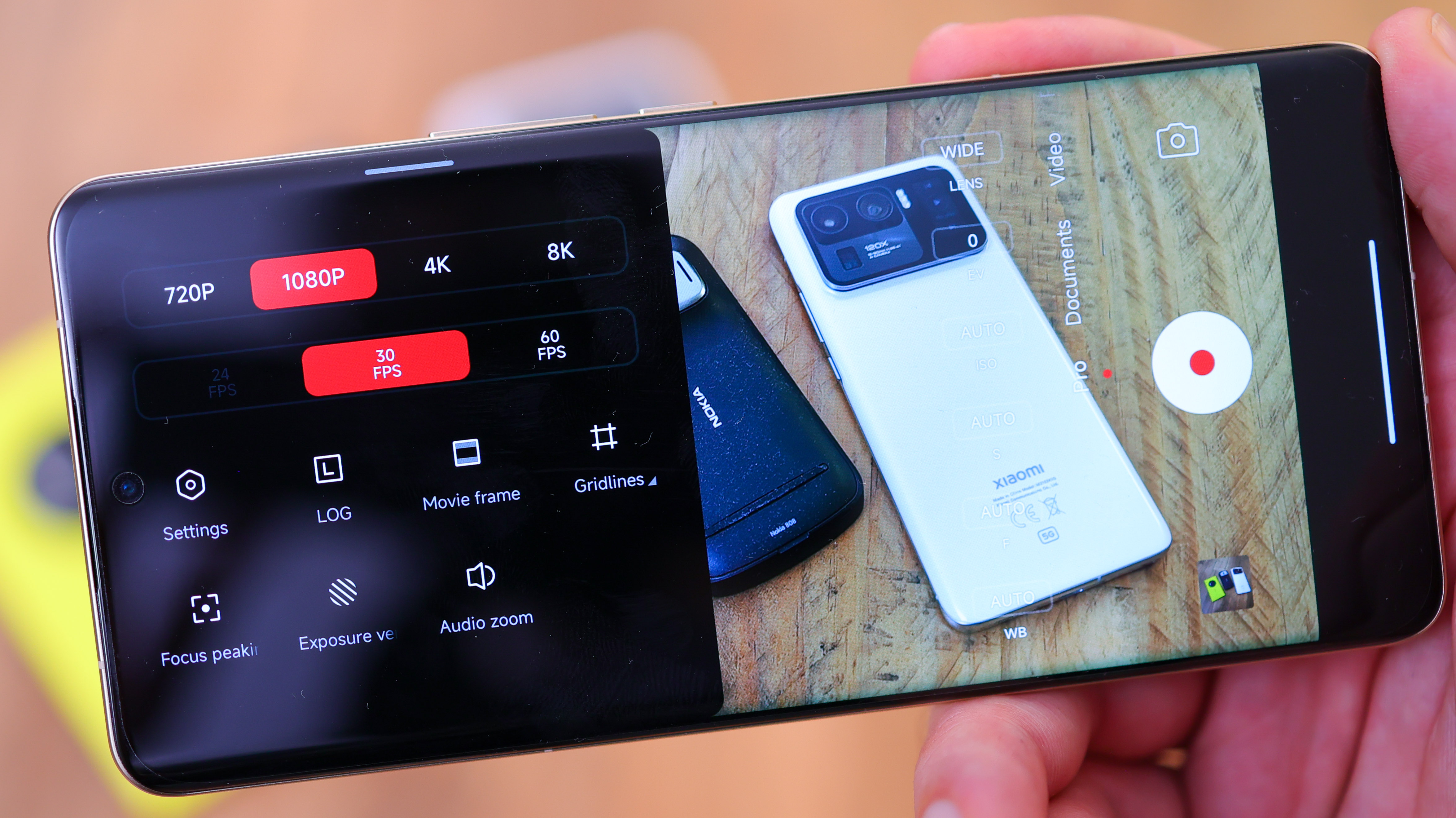

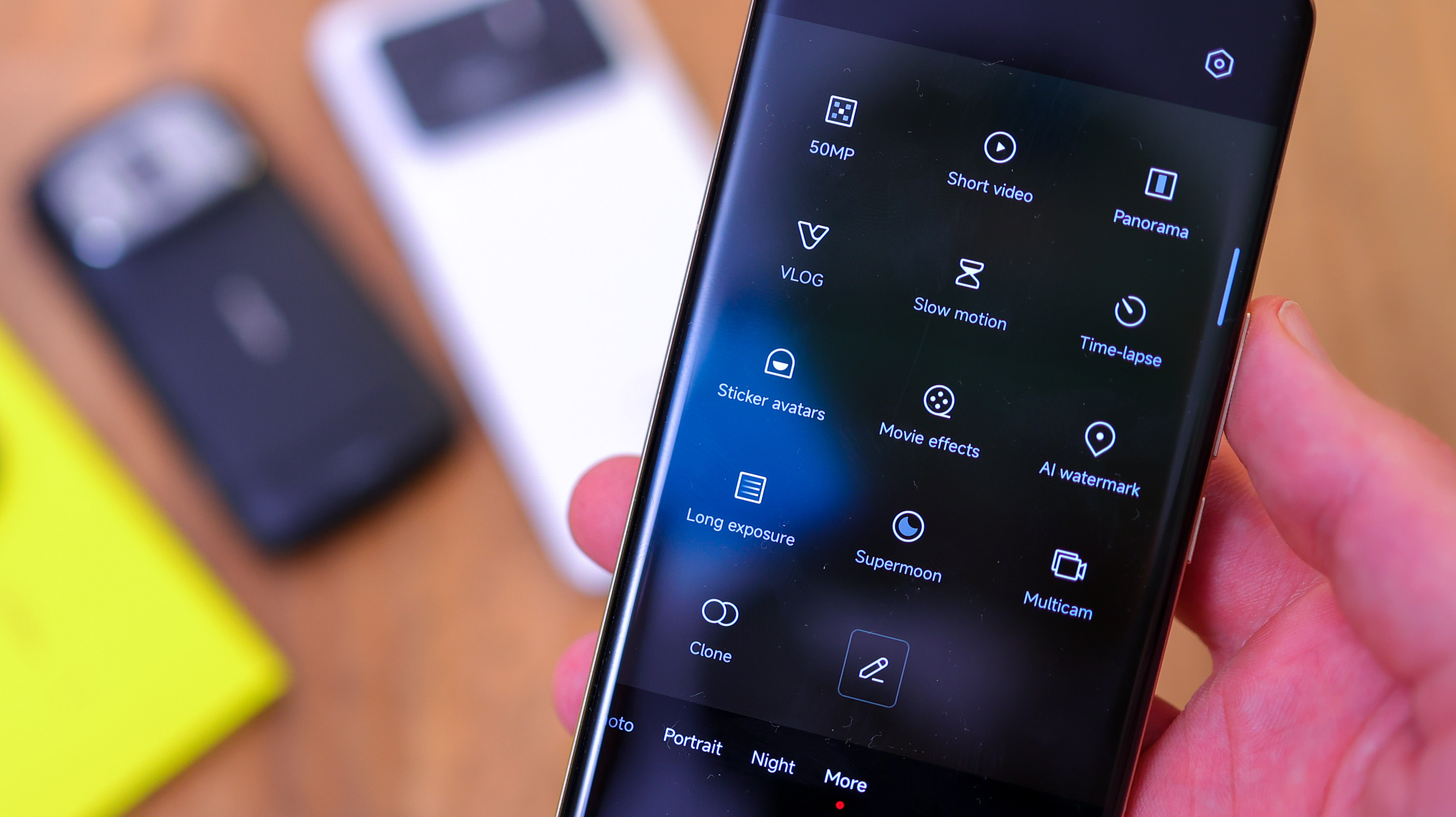
Changing the Xiaomi 12s Ultra's aperture to an f/4 or f/5 lens would be easy, but that would also be a bad move. In addition to permanently dialing back background blur, it would hurt the phone's lowlight performance. What Xiaomi needs to do, now it's cracked the 1-inch sensor nut, is set its sights on a meaningful variable aperture for its next Ultra phone.
Sony's f/2 to f/4 dual aperture would help the 12s Ultra be a more effective, versatile smartphone camera, though a broader f/1.9 to f/5 could be more useful, and the large, 1-inch Sony IMX 989 sensor in the Xiaomi 12s Ultra could probably handle it. After all, in our time with the phone, we shot in manual a lot, and the 12s Ultra is better able to handle a high ISO (sensor sensitivity) than most phones.
Take the nighttime photo below. It's a handheld, edited raw photo captured in Pro mode with a high ISO of 3200 and a 1/5 shutter speed. While most camera phones would generate a lot of noise when faced with a night shot like this, or produce a softer, blurrier shot, the Xiaomi 12s Ultra does a stellar job.

So with this confidence in the excellent sensor in the Xiaomi 12s Ultra, not to mention Xiaomi's image processing, and the work it's done with Leica to enhance its color science, I'm back to being seriously excited about smartphone photography.
And, while a variable aperture was relatively useless on the Samsung Galaxy S9 with its 1/2.55-inch sensor, and only moderately useful on the 1.0-Type cropped sensor in the Sony Xperia Pro-I, on the next Xiaomi Ultra phone, it could be a smartphone camera game-changer.

Basil Kronfli is the Head of content at Make Honey and freelance technology journalist. He is an experienced writer and producer and is skilled in video production, and runs the technology YouTube channel TechEdit.